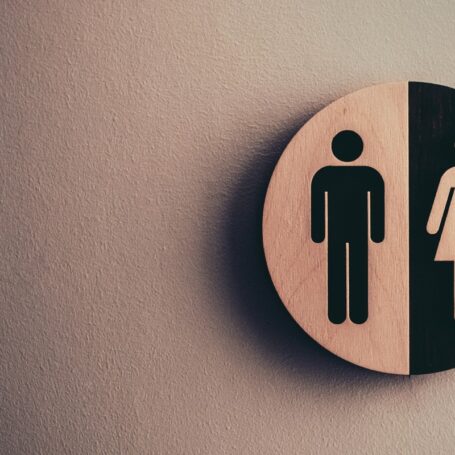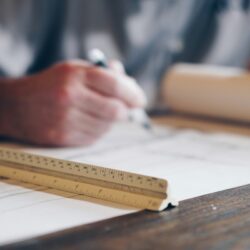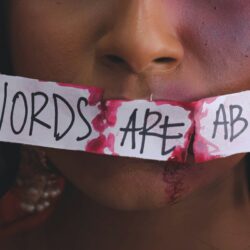The Accessibility of Articles
Academics have a responsibility to make their work as accessible as possible. This not only means publishing their findings and disseminating them as widely as possible, but also making sure work is as comprehensible as possible to their audience. An audience that will not only include other academics, but also students and, on occasion, the general public. In their 2004 paper, Clarity Across the Disciplines: An analysis of Texts in the Sciences, Social Sciences, and Arts and Humanities, Hartley, Sotto, and Fox took a quantitative approach to investigating how the clarity of writing varied between the sciences, social sciences, and arts and humanities, for five different types of academic writing: scholarly journals; texts for colleagues; introductory textbooks; A-level magazines; and newsagents magazines.
Reducing writing to a set of numbers provides an objective way of making comparisons between disciplines that people often think of as “hard” or “soft”, although such numbers should only be thought of as suggestive of reading ease rather than the last word. There are a number of features that are thought to provide an indication of ease of reading that can easily be calculated in the widely available package Microsoft Word: the length of sentences (longer sentences are considered more difficult); the percentage of passive sentences (passive sentences are generally considered less readable than active sentences); and Flesch Reading Ease score (a measure of reading difficulty based on the average number of words per sentence and the average number of syllables per word) .
Whilst it may be expected that the academic writing would become increasingly easy to read as you move from scholarly journals, through texts for colleagues, introductory textbooks, and A-level magazines, to newsagents magazines, Hartley et al. showed that this was only true up to a point. Whilst the Flesch scores increased significantly (indicating that that the texts were easier to read) in all three areas up to introductory textbooks, they remain steady or even declined with A-level and newsagents magazines. It seems as though there is a ceiling beyond which academic writing does not become any easier.
Between the different areas it was found that although scholarly articles in sciences are generally less accessible than those in social sciences and arts and humanities, within the other forms of writing science texts are more readable according to the sentence lengths and Flesch scores, even though they may contain more passives.
All such studies are necessarily limited to the selection of texts, and there is likely to be great variation between disciplines and subspecialties within each of the different branches of knowledge. It is an area where there is a need for further research in more texts in different subspecialties if we are going to more clearly understand the differences in academic writing, and make work as accessible as possible and as widely available as possible.
Read the original article: Hartley, J., Sotto, E., & Fox, C. (2004). Clarity Across the Disciplines: An analysis of Texts in the Sciences, Social Sciences, and Arts and Humanities. Science Communication, 26(2), 188-210.




















































































